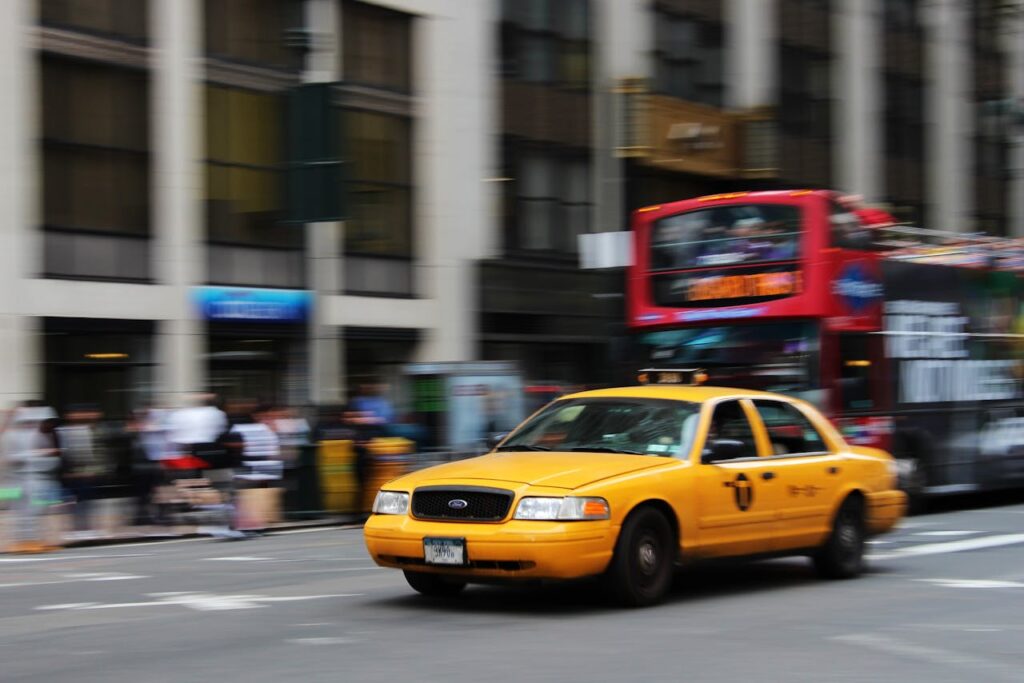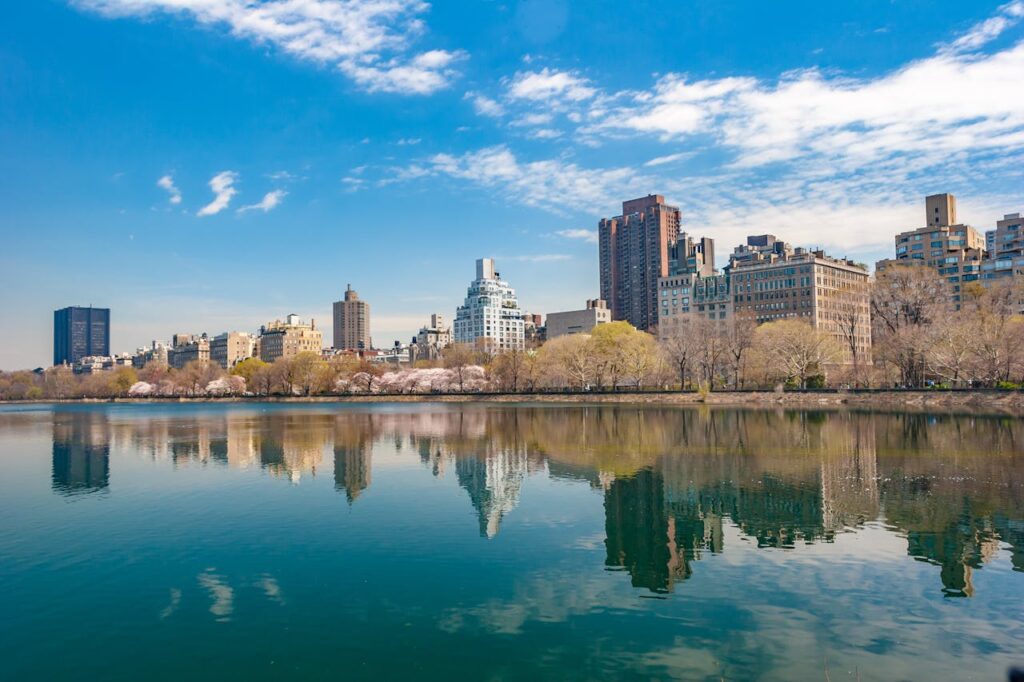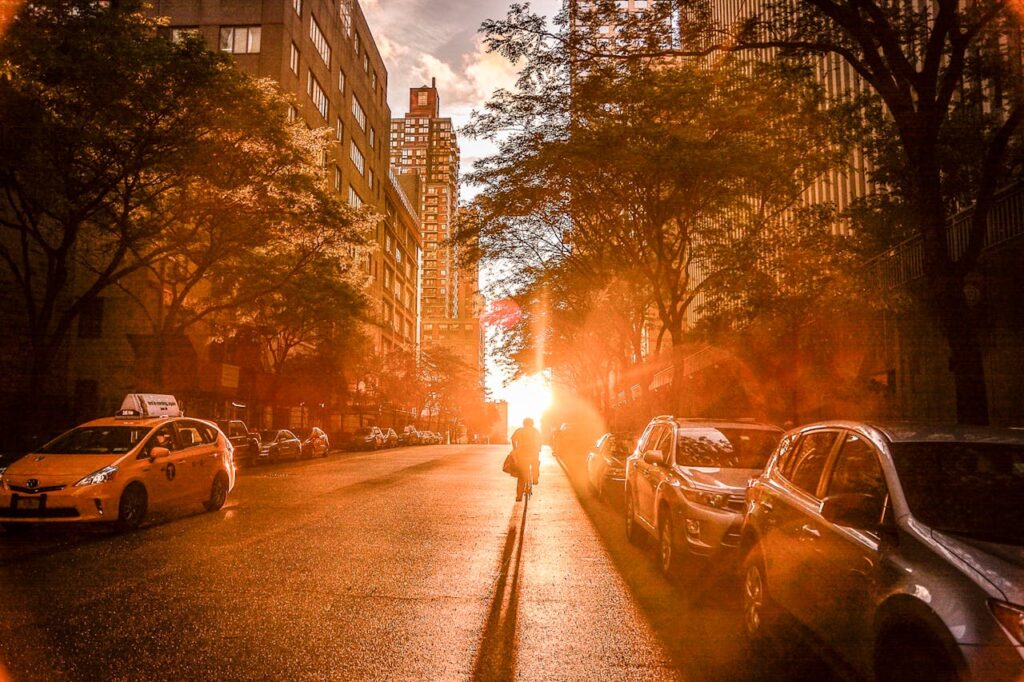New York City has something for everyone, but not every area suits every lifestyle. Some places feel energetic. Others move slower. Before signing a lease or buying a home, you need to weigh many factors. Budget, travel time, access to services, and daily routine all matter. Each borough offers different pros and cons. You may want access to parks, fast commutes, or quiet nights. Someone else may want social scenes, galleries, or food options.
The most important step is being clear about your goals. That starts with researching areas and walking the streets yourself. There are no shortcuts here. If you’re serious about choosing a neighborhood in NYC, prep in advance so that you avoid future regrets.
Know Your Budget and Cost of Living
Cost is one of the first things to sort out. Housing eats up a large part of your income. Rents vary by area and even block by block. A one-bedroom in Manhattan may cost $3,900. The same in Queens could be under $2,400. Rent often rises closer to train lines or popular schools.
You also need to account for deposits, broker fees, and moving expenses. Consider how much you’re willing to pay for access to the subway or walkable cafes. Use updated rent calculators to get average price estimates per ZIP code.
If you’re hiring help, prices can vary widely depending on location. Some of the most expensive neighborhoods in the Bronx may come with higher moving costs. That’s due to tight parking, fifth-floor walkups, or long carry distances. Be clear with the company about these details. It saves time and surprises on move day. In addition, other hidden costs include groceries, storage, and utilities. Gas and electric bills rise with square footage and older buildings. Review these monthly commitments as part of your total living cost—not just rent.
Consider Your Commute and Transit Options
Subways matter. Most New Yorkers rely on the MTA. A 45-minute commute is average. Your commute could limit job choices or impact work-life balance. Living closer to your job may cost more, but you’ll save hours each week.
Think about train transfers and weekend service disruptions. Bus service may work better for you in some neighborhoods. Check how well your potential area is served during peak and off-peak hours. Also, look into bike lanes or Citi Bike availability if you plan to cycle. Walking is another major factor. Wide sidewalks, safe crossings, and walkability scores make daily errands easier.
Importantly, use tools like Google Maps or Citymapper to test different commute times from your prospective address. Make sure you check the routes during your usual work hours, not just mid-morning.

Evaluate Safety and Community Feel
Safety isn’t just about crime rates. Some blocks feel more comfortable than others. Walk through potential areas during both day and night. Notice street lighting, activity, and noise. A market analysis can also be of great help.
Bear in mind that NYPD crime stats are public. So are neighborhood watch alerts and community board updates. But don’t rely only on data. Look at how clean the area feels, how buildings are maintained, and how people interact. You can also explore online neighborhood groups. Reddit, Facebook, and Nextdoor all have active users from across the five boroughs. They post honest opinions you might not find elsewhere.
Every neighborhood has its own culture. Some feel private. Others are more open. Park Slope, for example, appeals to families and dog owners. Bushwick attracts creatives. Choose what aligns with your everyday routine, not what’s trending.
Think About Access to Amenities and Essentials
You’ll need more than an apartment. Groceries, pharmacies, and laundromats are part of daily life. If you don’t drive, you need these nearby. Some areas have bodegas every block. Others rely on one supermarket for miles.
Check if the neighborhood has 24-hour services. You don’t want to travel far for cold medicine at night. Look up hospitals and urgent care clinics as well. Some areas offer delivery through every app. Others have limited service zones. That affects how you order food or get groceries dropped off.
Green space is another factor. Parks matter for kids, pets, and mental health. If you’re planning to raise a child, look for access to safe playgrounds. If you’re planning to adopt a pet, check leash laws and dog parks nearby.

Match the Vibe to Your Lifestyle Goals
Your priorities shape the right choice. If you work late and enjoy going out, look for nightlife areas. Williamsburg, Astoria, and the Lower East Side stay busy after dark.
If you prefer quiet nights and a slower pace, explore Riverdale or parts of Queens. These areas often attract long-term residents and families. Your lifestyle also includes values. Some areas are more LGBTQ+ friendly. Others are better for students or seniors. Think about the type of community you want to join.
Cultural fit matters, too. Are you looking for an arts district, a food-centric block, or a faith-based neighborhood? Every option exists. Test it before you commit. Try a one-month sublet or a short-term lease. Use that time to understand the day-to-day rhythm of the place.
What to Consider When Choosing a Neighborhood in NYC
Don’t skip over key details. What to consider when choosing a neighborhood in NYC goes beyond rent and train stops. Look into these specifics:
First, is the area close to people you know? Long subway rides impact your social life. Second, check the school zone if you’re planning a family. Even if you don’t have kids, it affects resale value. Third, search for future construction plans. A quiet street now may be loud for years.
Next, listen to street sounds. Some blocks have constant delivery trucks or nightlife noise. Last but not least, read meeting notes from the community board. They show what changes are coming and also help you keep up to date about the housing market. You need to weigh all these before signing a lease or mortgage.

Choosing a Neighborhood in NYC: Final Thoughts
New York has hundreds of neighborhoods, and each tells a different story. But your goal isn’t to find the best one—it’s to find the right one. You may want something calm, or maybe you want more energy. Someone else’s perfect spot could drain you. Use your list of needs, not just what others suggest. Be realistic about what matters most. Walk around the area, ask questions, and trust your instincts. Choosing a neighborhood in NYC doesn’t have to feel overwhelming, but it does require attention. Do the work up front and you’ll feel at home faster.





